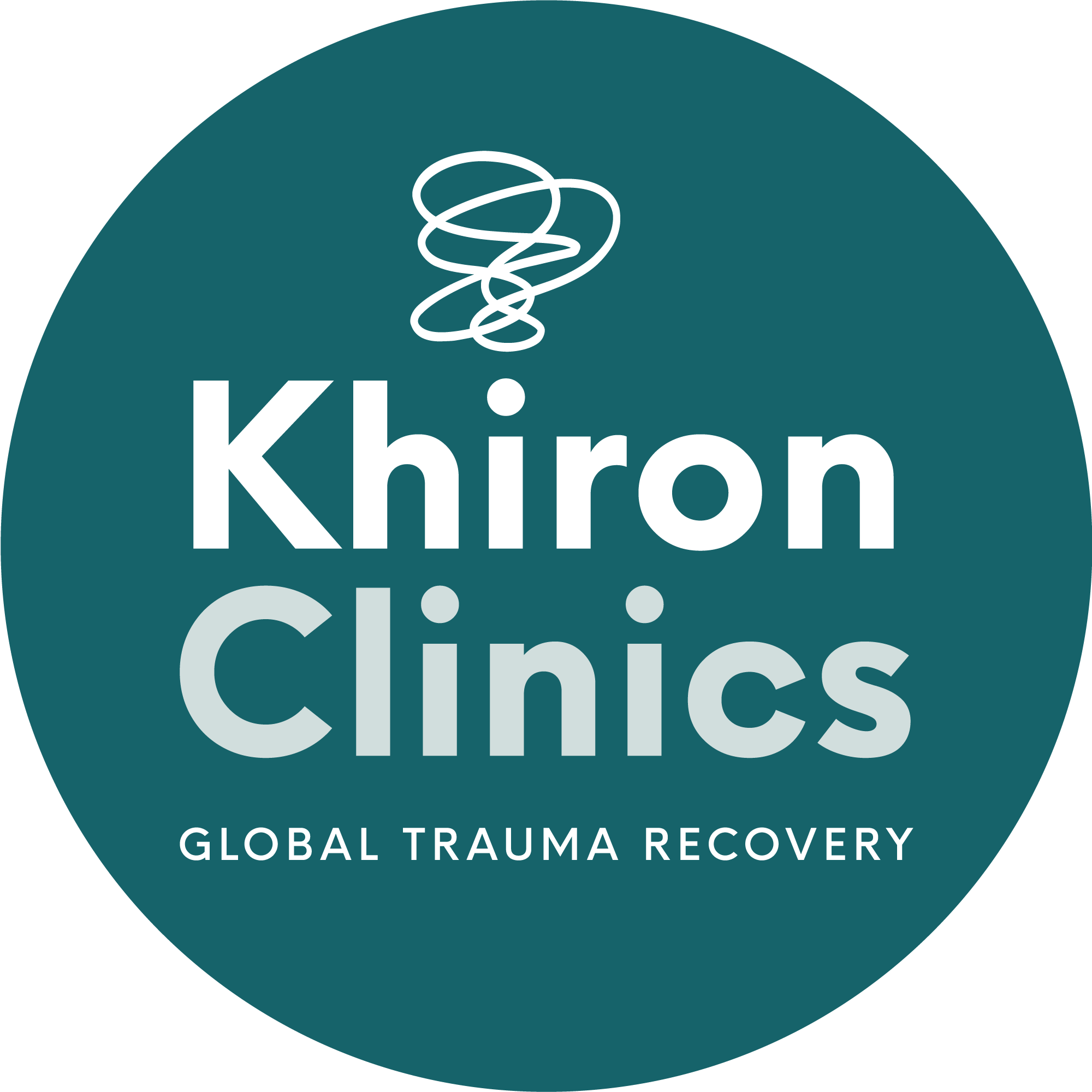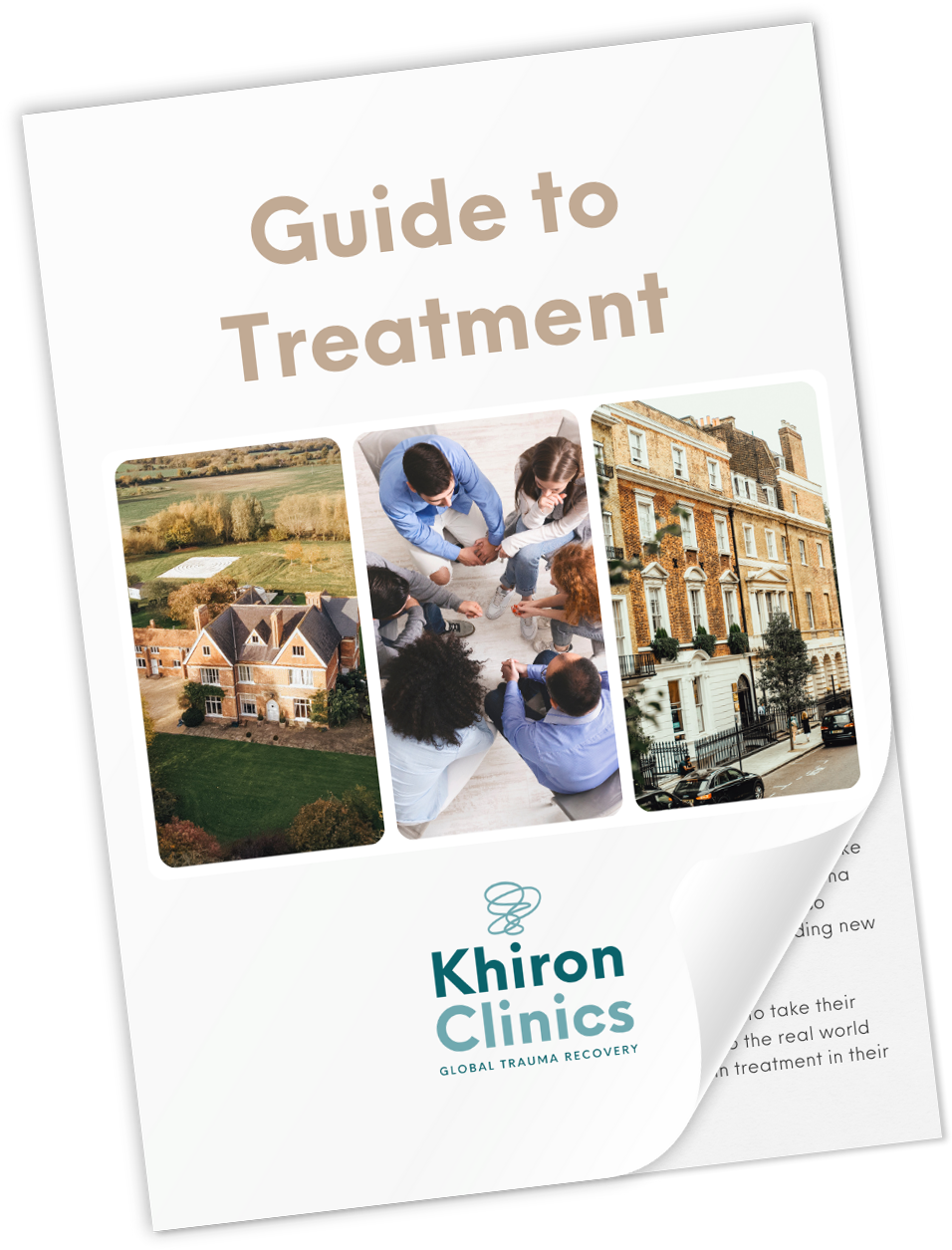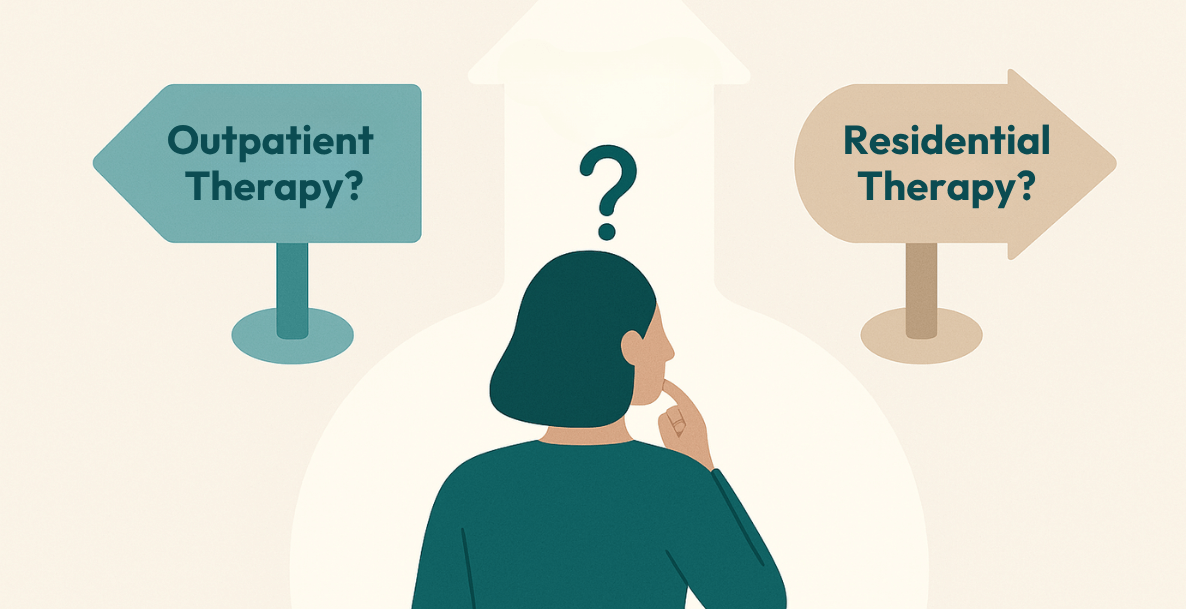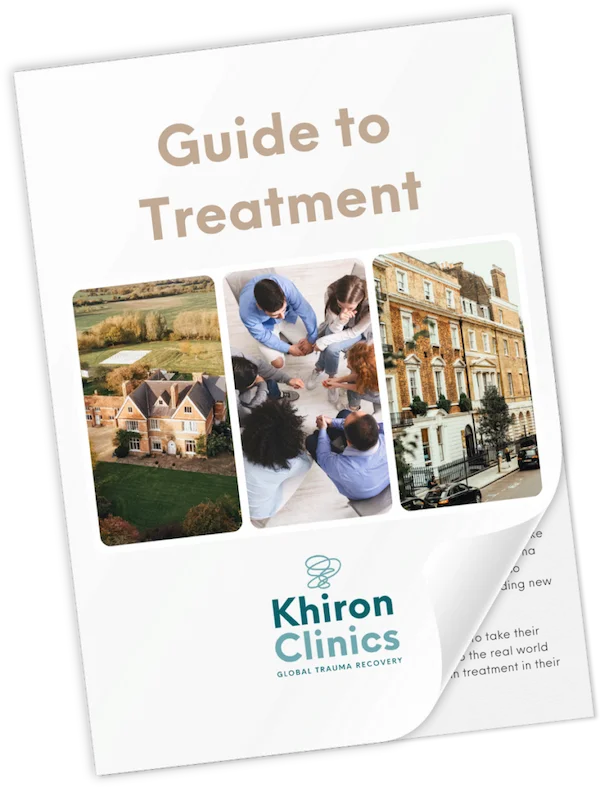Recovering from trauma is not just about addressing what happened in the past. It’s about supporting the nervous system, managing present triggers, and learning how to feel safe again. At Khiron Clinics, mindfulness techniques for trauma healing are an essential part of how we support individuals through this process.
These practices are more than relaxation exercises. They are tools that help people reconnect with their body, develop emotional awareness, and reduce distress linked to trauma. With support from our trauma-informed clinicians, mindfulness can offer a gentle and supportive path toward lasting healing.
What Is Trauma-Sensitive Mindfulness?
Mindfulness is often associated with calmness and clarity, but for individuals with a history of trauma or PTSD, traditional mindfulness exercises can sometimes be too intense. Trauma-sensitive mindfulness is designed to make mindfulness safer and more accessible.
Instead of encouraging full emotional exposure or long meditative stillness, this approach allows each person to notice their internal experience in a way that feels manageable. At Khiron Clinics, we guide clients through techniques that help build tolerance to difficult sensations without overwhelming them.
This approach respects boundaries, supports emotional safety, and makes space for each person to go at their own pace. Whether someone is dealing with childhood trauma or recent events, trauma-sensitive mindfulness gives them more control over their healing process.
Using Grounding and Anchoring to Build Stability
Grounding and anchoring techniques help individuals stay present when memories or emotions become too strong. These practices involve simple actions that reconnect someone to their body or immediate environment.
Some effective examples include:
Feeling feet against the floor or the texture of an object
Describing out loud what can be seen, heard, or touched
Placing a hand over the heart and focusing on the breath
These techniques may seem small, but they play a vital role in trauma recovery. They can help prevent the nervous system from entering a fight, flight, or freeze state and give people ways to return to safety.
At Khiron Clinics, these exercises are tailored for each person and integrated into individual and group therapy. We also draw from Internal Family Systems (IFS) to support clients in developing a kinder relationship with different parts of themselves.
Reconnecting Through Body Scan Practices
One of the most accessible mindfulness practices for trauma healing is the body scan. This gentle, guided exercise encourages awareness of physical sensations across the body, from head to toe.
For many trauma survivors, especially those affected by early emotional wounds, reconnecting with the body can be difficult. Some areas may feel numb or tense. The body scan makes it possible to notice these sensations without judgment.
Our clinicians guide each scan with care, encouraging curiosity rather than pressure. With time, this practice can reduce physical tension, support nervous system regulation, and build trust in the body again.
Because the body scan is part of evidence-based programmes like MBSR (Mindfulness-Based Stress Reduction), it is a well-researched and flexible technique that we adjust for every individual’s comfort.
Mindfulness Meditation as Ongoing Support
Mindfulness meditation is a core part of our clinical work. While it’s not a one-size-fits-all solution, it does provide lasting benefits when practised regularly.
Meditation helps people become more aware of how stress, fear, or anger affect their mind and body. Instead of reacting automatically to trauma triggers, individuals learn to notice and respond with greater calm.
This might include:
Following the breath for a few minutes each day
Practising short moments of stillness
Noticing emotions as they arise, without judging them
For those affected by complex trauma, our clinicians adjust meditation practices to ensure they feel manageable. Some people prefer short sessions. Others find comfort in guided visualisation or walking meditation.
The goal is always the same: to support emotional balance and reduce the impact of past trauma on daily life.
Making Mindfulness Part of Everyday Life
At Khiron Clinics, we don’t treat mindfulness as a separate exercise. It is woven into therapy sessions, group settings, and day-to-day routines. When someone learns to pause, breathe, and notice how they feel, they build new habits that support long-term mental health.
Some everyday ways to practise mindfulness include:
Noticing the breath while making tea
Paying attention to body posture when walking
Using a short grounding technique before a therapy session
These moments add up. Over time, they create a sense of agency and emotional resilience. Clients tell us that this gentle, consistent practice helps them feel more in control and less defined by their trauma history.
Why Choose a Trauma-Informed Approach?
All our treatment approaches are supported by current trauma research. Our team includes clinicians trained in Polyvagal Theory, somatic approaches, and Internal Family Systems. We understand how trauma affects both the mind and body, and we use techniques that reflect this understanding.
Whether someone is working through childhood trauma, PTSD, or the effects of long-term stress, a trauma-informed approach to mindfulness helps ensure that healing is safe, steady, and respectful of their experience.
Start Your Mindfulness Journey with Khiron Clinics
Trauma healing takes time, care, and the right support. Mindfulness techniques offer practical tools to help manage distress, reconnect with the body, and build lasting resilience.
If you or someone you know is looking for mindful, professional support, we invite you to reach out to Khiron Clinics. You can also download our free mindfulness guide to begin using these techniques at home.
You are not alone. Safe, supportive care is available.






